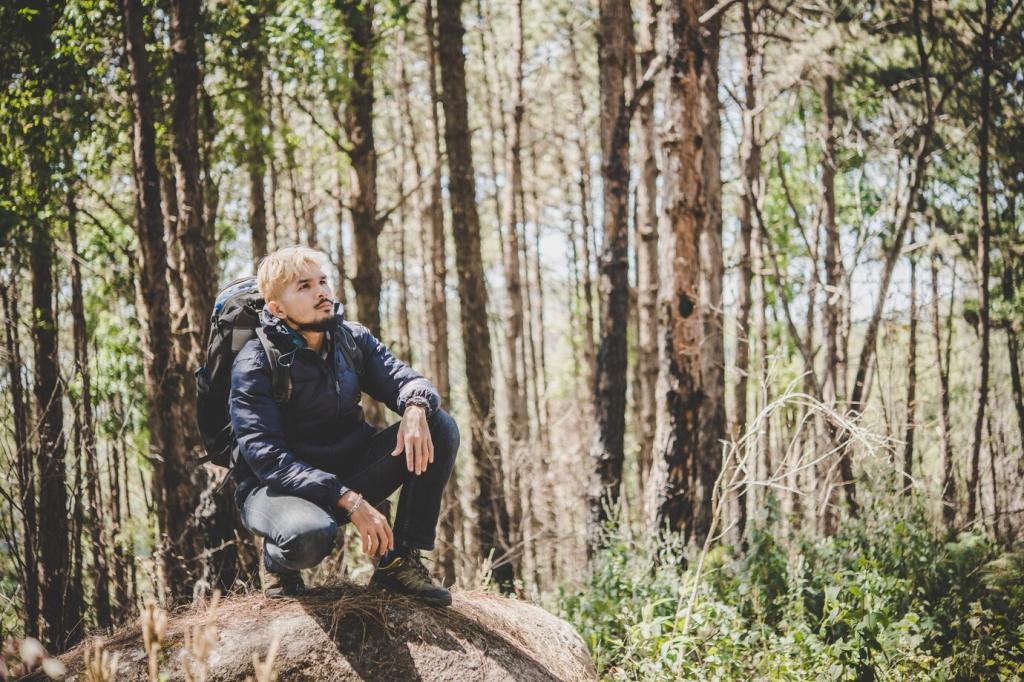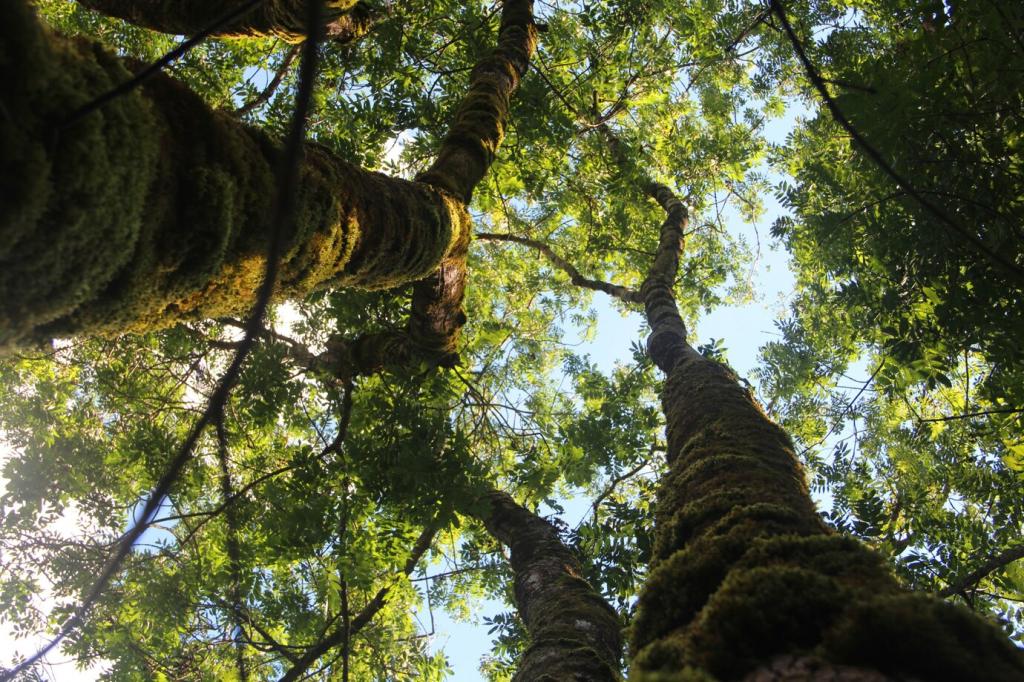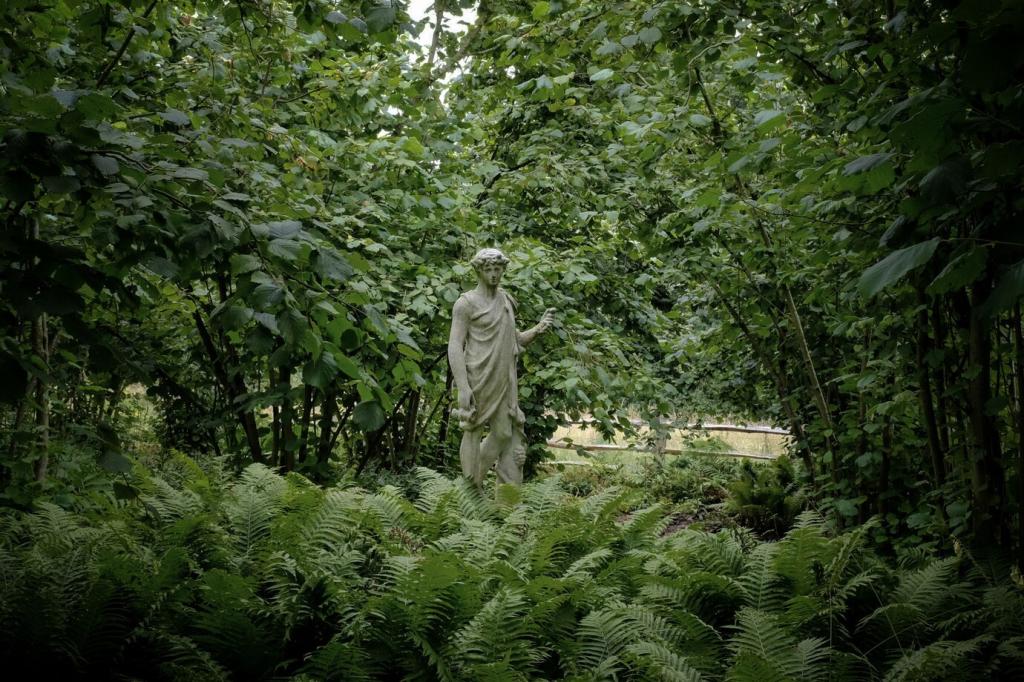Field Stories: Nights Above the Timber Line
A ranger launched a small drone after hearing distant engines. Thermal imagery picked up a truck reversing beneath a camouflaged tarp. Coordinates guided a rapid checkpoint, intercepting fresh-cut logs and falsified permits. The drone’s flight path and video became the backbone of a case that finally stuck in court.
Field Stories: Nights Above the Timber Line
Local volunteers learned to plan safe flights and interpret aerial imagery, spotting telltale clearings earlier than regional patrols. Their familiarity with river levels, winds, and informal trails cut response times drastically. By blending lived experience with drones, communities protected sacred groves and secured fair livelihoods.










